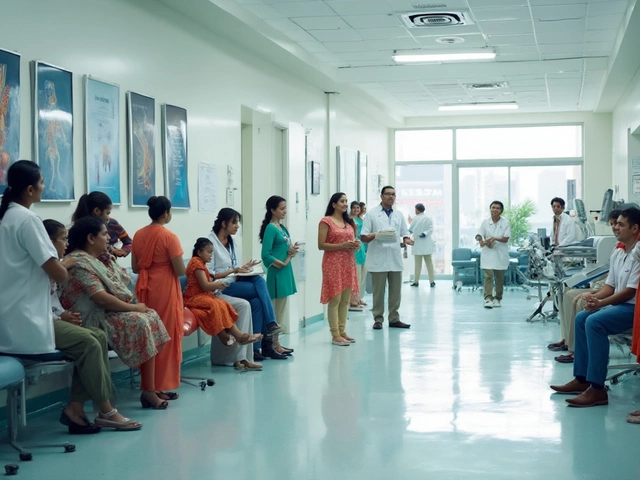Cancer Prognosis: How Doctors Predict Your Outlook
When you hear the word "prognosis" you probably think of a vague prediction about life expectancy. In cancer care, prognosis is a concrete estimate of how the disease is likely to behave, based on numbers, tests, and experience. It helps you, your family, and your doctor decide on treatment options, plan for the future, and set realistic expectations.
What Shapes a Cancer Prognosis?
Several factors combine to give a prognosis number. The first is the stage – how far the tumor has grown and whether it has spread. Early‑stage cancers (I‑II) usually have higher survival rates than advanced stages (III‑IV). Next, the type of cancer matters; breast, prostate, and thyroid cancers often have better outcomes than pancreatic or lung cancers.
Doctors also look at the tumor’s grade (how abnormal cells appear under a microscope) and its molecular profile. Certain gene mutations, like HER2 in breast cancer or EGFR in lung cancer, can predict response to targeted therapies, nudging the prognosis upward.
Age and overall health are big players too. A younger patient with a strong immune system can tolerate aggressive treatment better than an elderly person with heart issues. Lifestyle factors such as smoking, alcohol use, and nutrition also influence how well you recover.
Reading Survival Numbers
Survival statistics are usually expressed as a 5‑year survival rate. That number tells you the percentage of people alive five years after diagnosis, not a guarantee you’ll live exactly five years. For example, a 70% 5‑year survival rate for colon cancer means 70 out of 100 patients are still alive after five years, regardless of what happens after that.
It’s easy to get lost in percentages, so think of the numbers as a guide, not a verdict. Your doctor will personalize them based on your specific test results, treatment plan, and response to therapy. If you’re on a clinical trial or receiving a new targeted drug, your prognosis may improve beyond typical statistics.
Another useful metric is progression‑free survival (PFS), which measures the time a cancer stays under control before it worsens. PFS helps doctors decide whether to keep a treatment or switch to another option.
Keep in mind that prognosis can change over time. A good response to chemotherapy or surgery can shift your outlook from unfavorable to hopeful. Regular follow‑ups and imaging allow doctors to update the prognosis as your disease evolves.
Bottom line: cancer prognosis is a blend of tumor characteristics, personal health, and treatment response. Understanding these pieces empowers you to ask the right questions, weigh treatment choices, and plan ahead with confidence.





